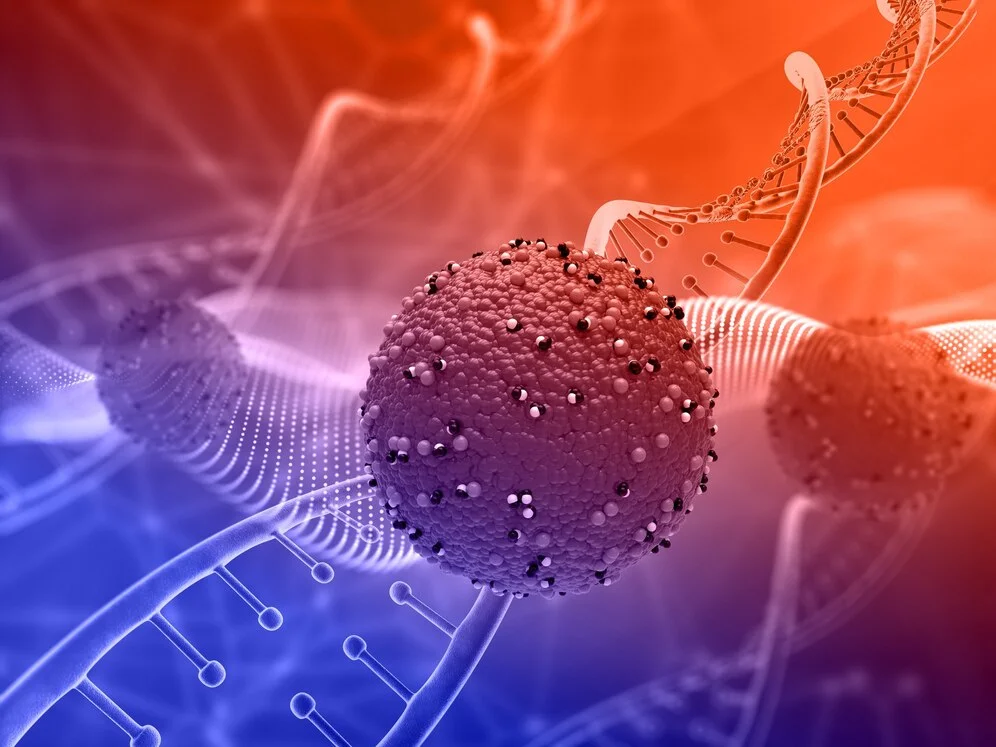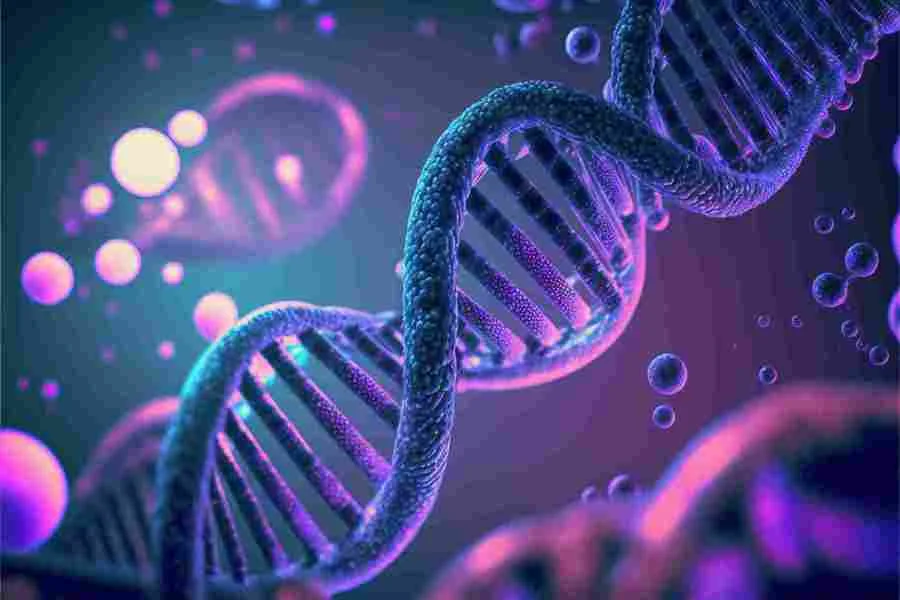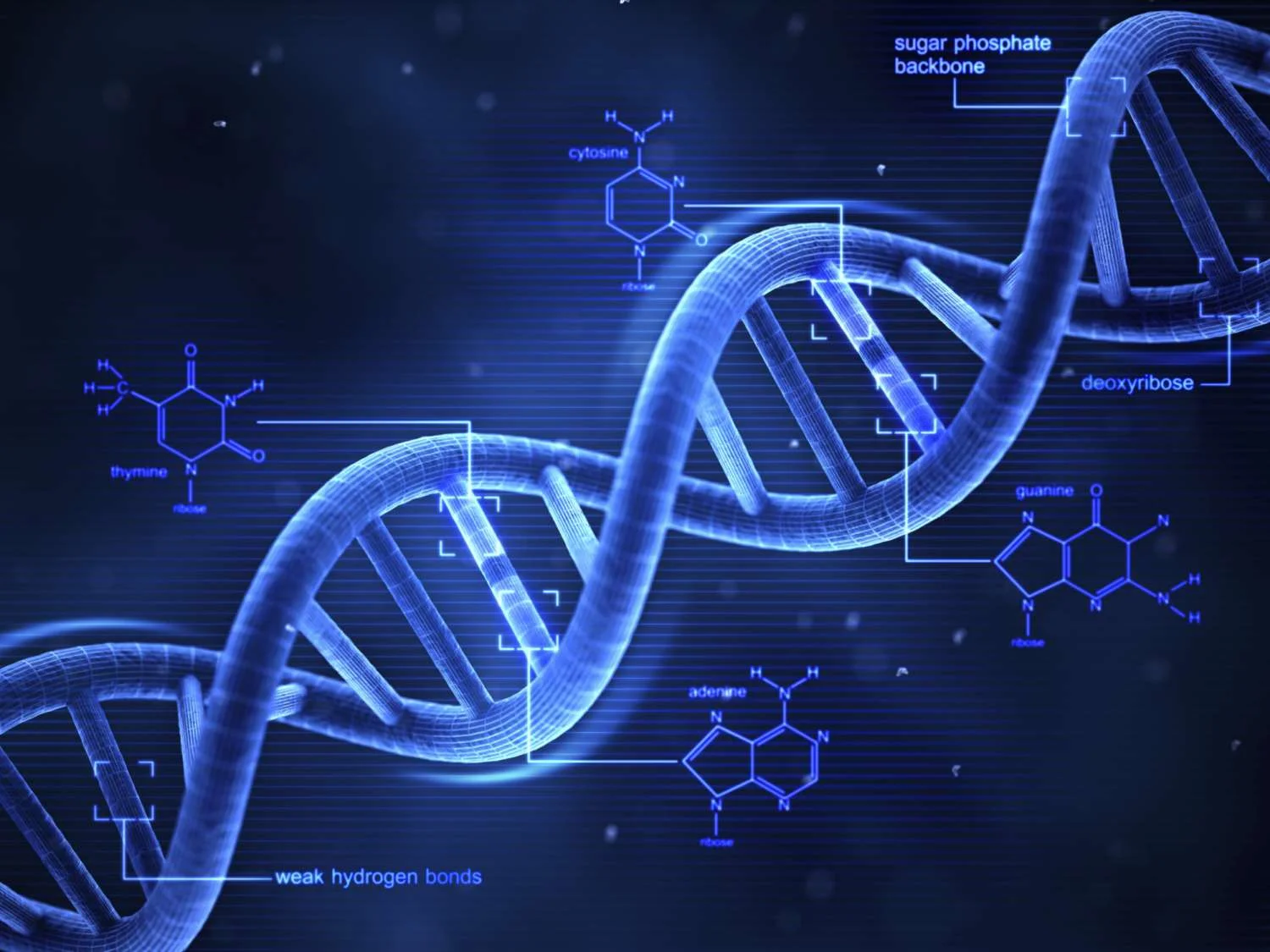This article delves into the realm of DNA testing, probing its significance, the scientific principles underpinning it, and the profound impact it can wield in illuminating our familial ties.
Understanding Family Tree DNA Tests:
Family tree DNA tests analyze specific segments of an individual's DNA to unveil insights into their genealogy. These tests excel in elucidating details about ethnic origins, distant relatives, and the migration patterns of ancestors.
Three primary types of DNA tests are offered by family tree DNA:
Y-DNA Testing:
Focuses on the Y-chromosome, passed from father to son.
Valuable for tracing paternal ancestry and identifying relatives along the direct paternal line.
Ideal for surname projects and delving into deep ancestral roots.
Mitochondrial DNA (mtDNA) Testing:
Explores maternal lineage by studying mitochondrial DNA, inherited from mothers by both sons and daughters.
Useful for tracing maternal ancestry and understanding ancient maternal migration routes.
Autosomal DNA Testing:
Examines chromosomes 1-22, offering a broader ancestral view.
Provides information on both maternal and paternal lines, suitable for identifying relatives across all ancestral branches.
Offers insights into ethnicity estimates, revealing geographical regions associated with one's DNA.
The Science Behind Family Tree DNA Tests:
Family tree DNA tests leverage advanced DNA sequencing technologies to scrutinize specific genetic markers and regions of the genome. Results are cross-referenced with a vast database of other test-takers, facilitating connections with relatives who share common genetic heritage. This analysis provides a unique glimpse into migrations, historical events, and the diversity of one's genetic composition.
Significance and Impact:
Connecting with Relatives: Family tree DNA tests facilitate connections with previously unknown relatives, fostering a sense of kinship and belonging.
Uncovering Ancestral Origins: Discovering ethnic and geographic origins deepens understanding of familial history and cultural heritage, instilling pride and identity.
Mapping Genetic Health Risks: Some tests offer insights into genetic health risks, empowering informed decisions about well-being.
Preserving Family History: These tests contribute to preserving family history by documenting genetic information for future generations.
Conclusion:
Family tree DNA tests offer a captivating voyage into the past, enabling exploration of the rich tapestry of ancestry. With advancing technology, these tests promise increasingly detailed insights into our genetic makeup. Whether for the thrill of discovering unknown relatives or gaining profound insights into heritage, family tree DNA tests remain invaluable tools for decoding the secrets encrypted within our genes.



